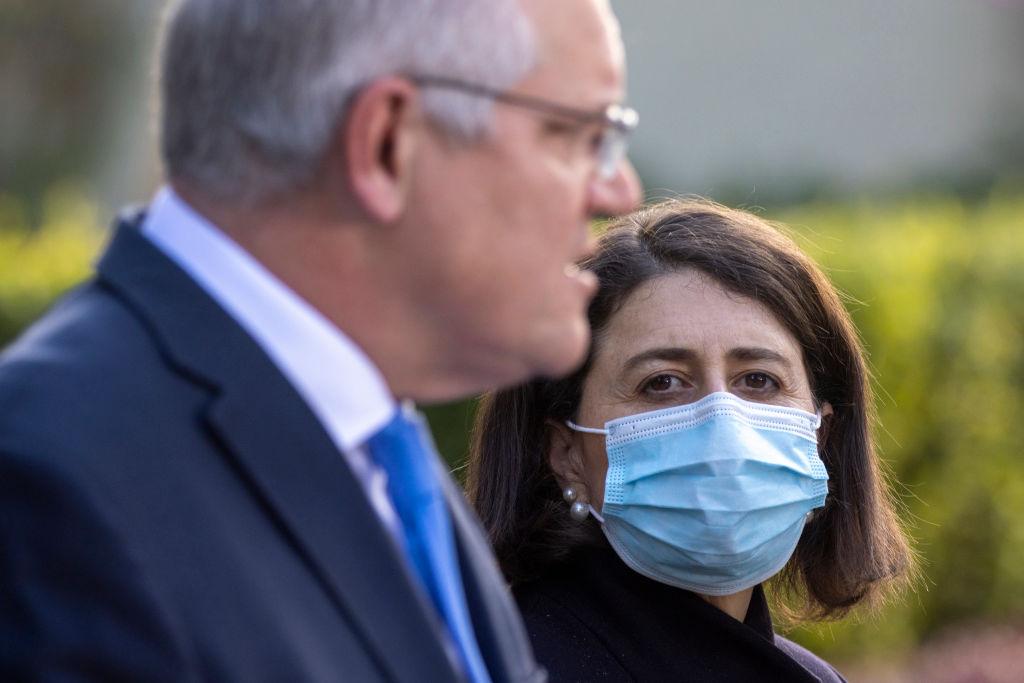Commentary
It did not take long for commentators to label the revised joint Commonwealth and state financial support package for the economic victims of COVID-19 restrictions as “JobKeeper lite.”

It did not take long for commentators to label the revised joint Commonwealth and state financial support package for the economic victims of COVID-19 restrictions as “JobKeeper lite.”